18 Things From 1960s Saturday Morning Cartoons Only Boomers Will Understand
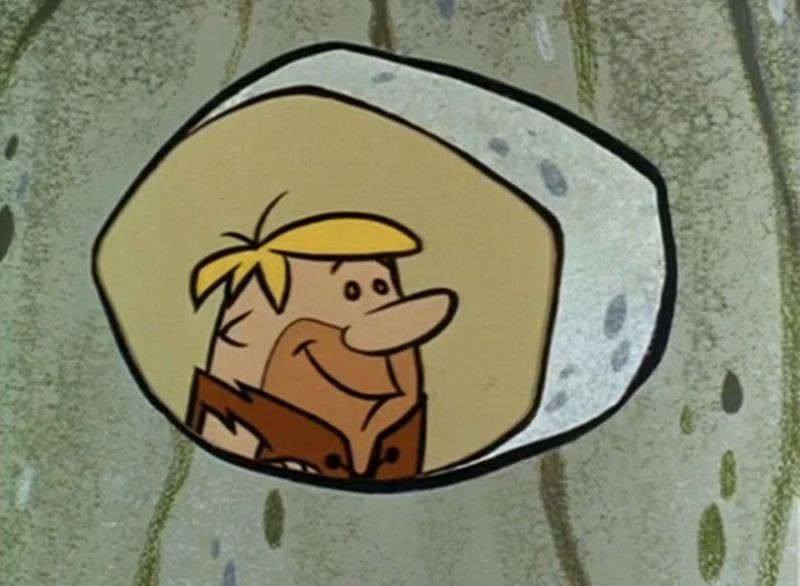
For Baby Boomers, Saturday mornings weren’t just about cartoons—they were an event, a ritual, and a cherished piece of childhood. Before streaming and 24-hour cable networks, kids had one sacred window each week to dive into colorful worlds of slapstick humor, space-age dreams, and zany animal duos. Those vintage animations, though charmingly low-budget, were packed with quirks, inside jokes, and cultural nods that only someone who grew up during the era could truly appreciate. From unmistakable sound effects to moral lessons disguised as entertainment, these cartoons defined a generation’s imagination. Here are 18 uniquely ‘60s cartoon elements that still trigger waves of nostalgia—for those who lived it.
1. The Hanna-Barbera Sound Effects
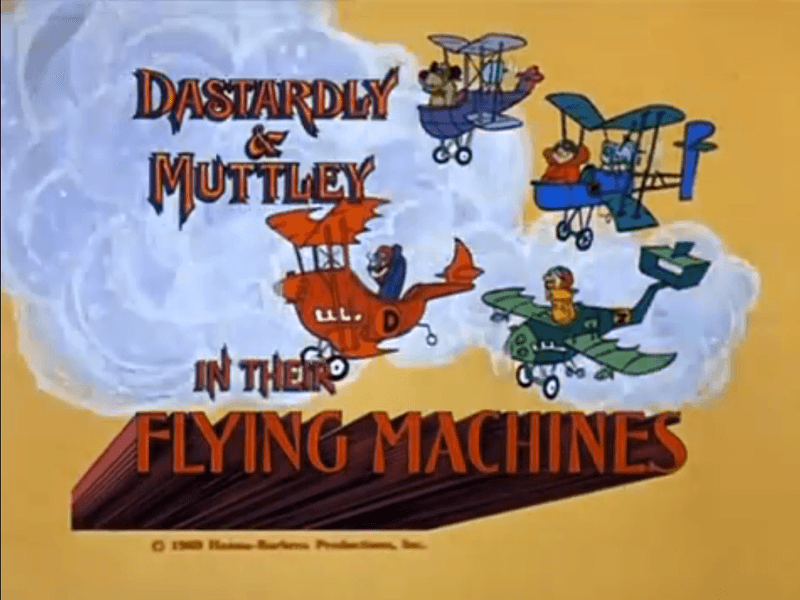
Cartoons of the 1960s owe much of their charm to the unique sound effects created by Hanna-Barbera. The studio’s signature sounds, like the comical “boing” of a ricochet or the exaggerated “running” effects, added a layer of whimsy that defined the era. These sounds didn’t just accompany the visuals; they became characters in their own right, painting an audio landscape that was as colorful as the animation itself.
Despite the limitations of technology, these effects were crafted to perfection, creating a symphony of sounds that resonated with audiences. Boomers fondly recall how even the simplest actions, like a dog walking, were turned into auditory masterpieces.
This audial artistry set Hanna-Barbera apart, creating a soundscape that was instantly recognizable. It’s no wonder these effects are still celebrated and even imitated in modern animations, keeping the spirit of those Saturday mornings alive.
2. The Laugh Track—In Cartoons
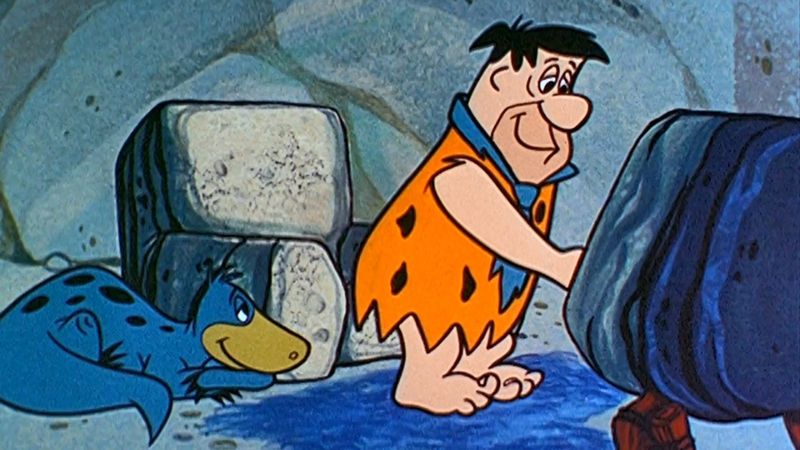
Imagine watching a cartoon and hearing laughter as if there’s a live audience enjoying the show with you. The Flintstones and The Jetsons were pioneers in using laugh tracks, a technique borrowed from sitcoms to enhance the comedic experience. This quirky addition made the shows feel more lively and engaging, even if it seemed a bit odd at times.
The laugh track gave viewers cues on when to laugh, creating a shared experience that connected audiences. It was like having an invisible friend who shared in the fun and pointed out the punchlines.
Though it might seem outdated now, this technique was part of what made these cartoons so memorable. It added a touch of theatrical charm, reminding viewers that laughter is truly universal, whether from a live audience or an animated one.
3. Limited Animation with Recycled Backgrounds
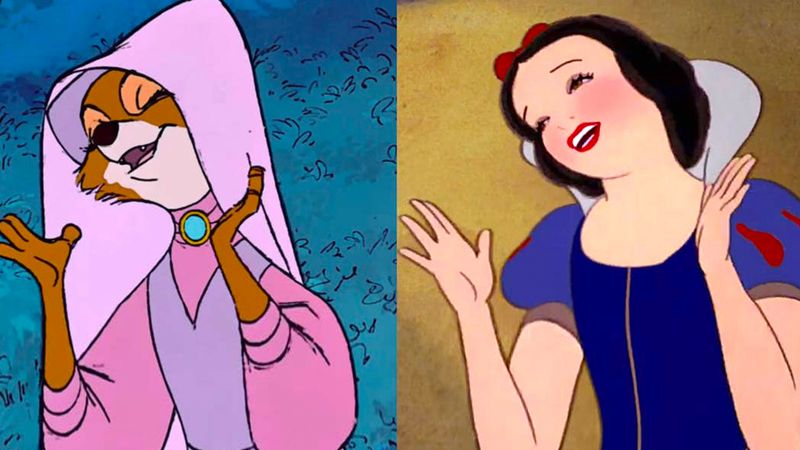
In the world of 1960s cartoons, resourcefulness was key. Animation studios often used limited animation techniques to save time and money. One common trick was recycling backgrounds, where characters would run past the same cactus or lamp repeatedly. This ingenious method became a hallmark of the era.
Boomers quickly recognized these repeated elements, often joking about how characters seemed to be stuck in an endless loop. Yet, this didn’t detract from the enjoyment. Instead, it became a charming quirk that added to the nostalgic feel of these shows.
Despite the budget constraints, animators managed to create engaging stories and memorable characters. The repetitive backgrounds were merely a backdrop to the vibrant narratives that kept audiences coming back for more. It was a testament to creativity in the face of limitation.
4. Characters Who Were Just Animal Versions of Sitcom Stars
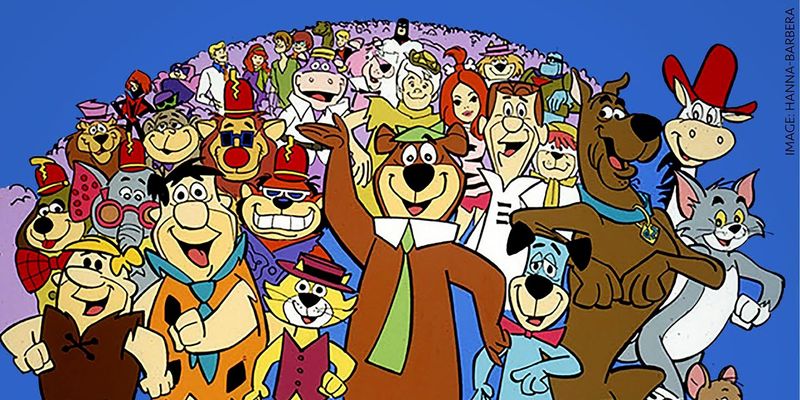
Cartoon characters inspired by popular sitcom stars brought a unique twist to 1960s animations. Top Cat was essentially a feline version of Phil Silvers, while Hokey Wolf carried the voice and mannerisms of Bert Lahr. These clever renditions made the cartoons both entertaining and relatable to adult audiences.
Such characters were a nod to the boomers who recognized these familiar personalities, adding another layer of humor to the shows. The kids may not have caught the references, but the adults certainly did, enjoying the parody in silence.
This creative blend of animals and human traits brought an extra dimension to the cartoons, allowing them to transcend age barriers. It’s a delightful reminder of how the era’s culture and television intertwined, creating timeless entertainment that still resonates today.
5. Jetsons-Style Future Optimism
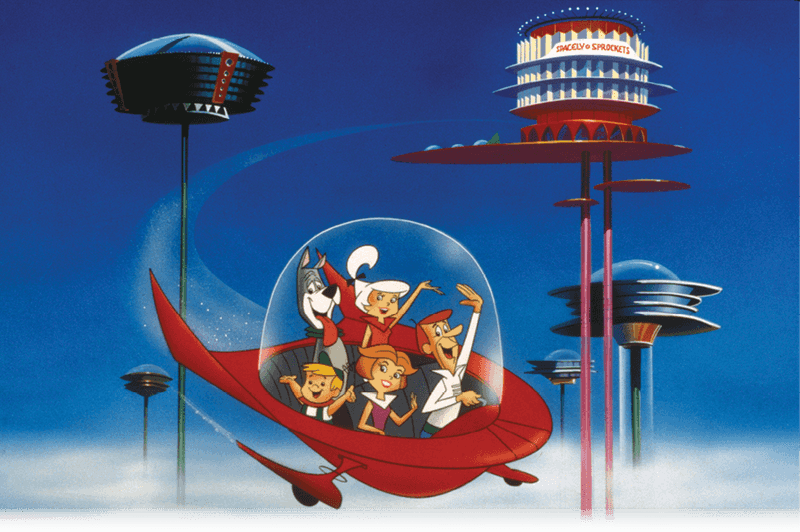
The Jetsons painted a picture of a future filled with flying cars, robot maids, and vacations in space. This optimistic vision captivated boomers, who dreamed of such technological marvels becoming reality. It was a time when anything seemed possible, and the future was bright and full of promise.
This sense of wonder and anticipation was infectious, leaving an indelible mark on the imaginations of those who watched the show. The Jetsons didn’t just entertain; it inspired viewers to think creatively about the future and its possibilities.
Even today, the show’s futuristic elements remain iconic, serving as a nostalgic reminder of the dreams and aspirations of a generation. It’s a testament to the power of imagination and the lasting impact of visionary storytelling.
6. PSAs Disguised as Cartoons
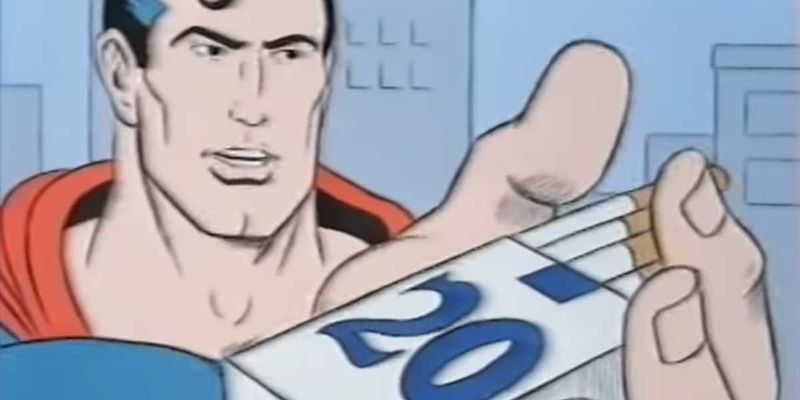
Cartoons like Fat Albert and The Archie Show often featured PSAs disguised as entertaining segments aimed at imparting moral lessons. These short monologues wrapped up episodes with a clear takeaway, blending fun with education. For boomers, these messages became an integral part of the viewing experience.
The moral-of-the-story moments encouraged viewers to think about kindness, honesty, and friendship. It was a gentle way to teach life lessons without feeling preachy or overbearing.
This thoughtful integration of messages made the cartoons more than just entertainment. They became tools for shaping values and character, leaving a lasting impression on those who grew up watching them. It was a balance of fun and wisdom that resonates even today.
7. The Rise of Superhero Teams Like the Super Friends
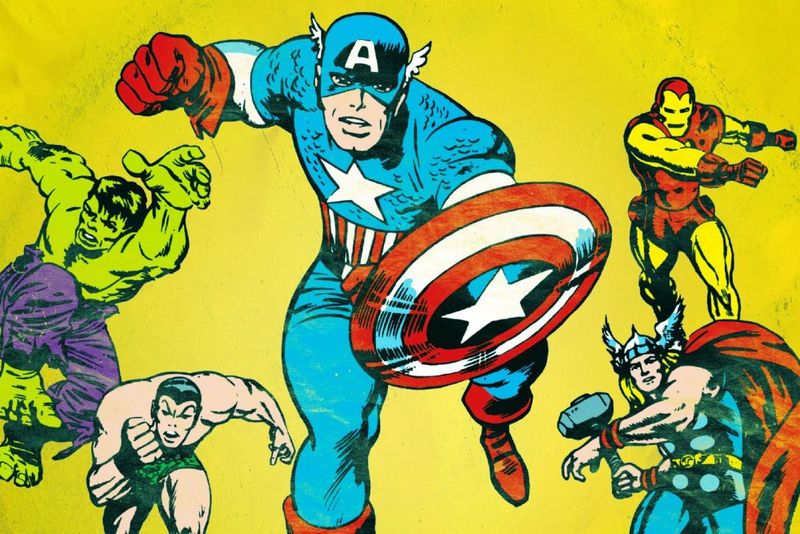
Long before the Marvel Cinematic Universe, superhero teams like the Super Friends captured the attention of boomer audiences. Featuring iconic characters like Superman and Aquaman, these shows offered a blend of adventure, camaraderie, and justice.
The low-budget visuals didn’t dampen the excitement. Instead, they highlighted the creativity and enthusiasm that went into crafting each episode. Audiences eagerly tuned in, following their favorite heroes as they battled villains and saved the day.
These superhero teams laid the groundwork for today’s blockbuster films, showcasing the timeless appeal of good triumphing over evil. It’s a nostalgic nod to the power of teamwork and heroism that still captivates audiences young and old.
8. Villains Who Couldn’t Stop Monologuing
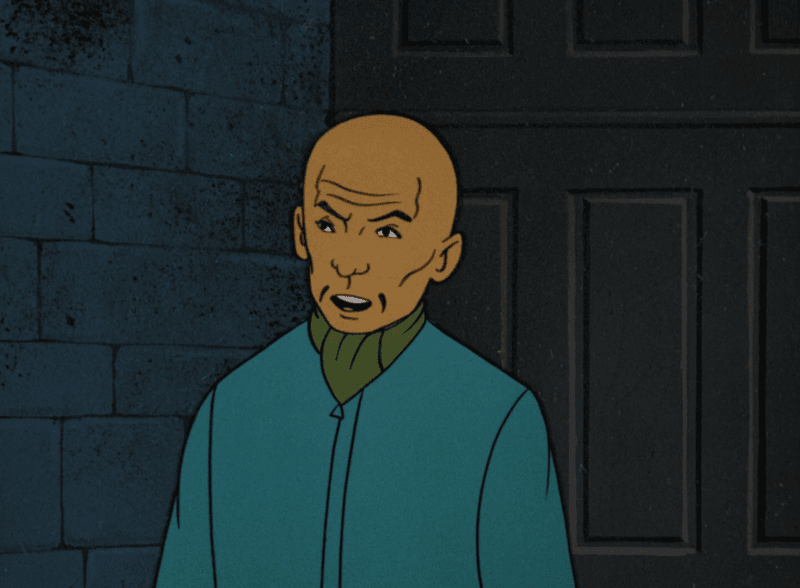
Every great cartoon needs a villain, and in the 1960s, these bad guys had a penchant for monologuing. Characters like Dick Dastardly and Dr. Zin spent more time narrating their evil schemes than executing them, much to the amusement of boomer audiences.
These elaborate monologues became a beloved trope, adding a theatrical flair to the villainy. It was a mix of comedy and drama, with villains unwittingly sabotaging their own plans by talking too much.
This quirky character trait ensured that the villains were as memorable as the heroes, providing endless entertainment with their over-the-top antics. It’s a reminder of the charm and humor that defined an era of storytelling where words often spoke louder than actions.
9. Scooby-Doo’s Predictable Plot Twists
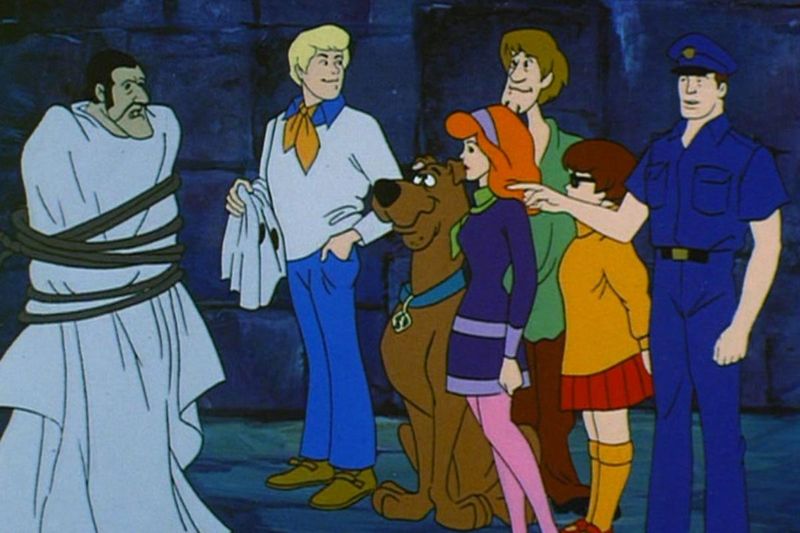
Scooby-Doo’s mystery-solving escapades were marked by predictable yet satisfying plot twists. Boomers fondly remember the iconic mask reveals, where the villain turned out to be the “janitor” or “museum curator” all along. This formulaic approach was a comfort, offering familiarity and fun.
The show’s ability to create suspense and intrigue, despite the predictable outcomes, was a testament to its clever storytelling. Each episode was a joyous ride filled with laughter, frights, and Scooby Snacks.
These plot twists became a hallmark of the series, contributing to its enduring appeal and making it a beloved part of many childhoods. It’s a celebration of curiosity and adventure that continues to capture hearts worldwide.
10. Groovy Soundtracks and Bubblegum Pop
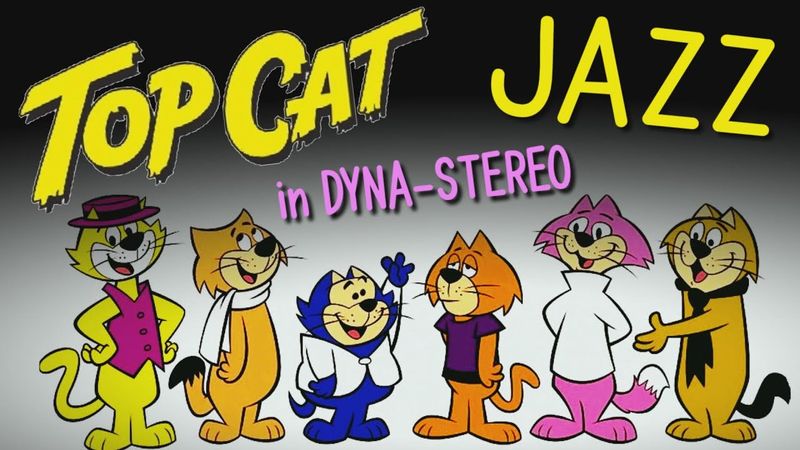
The soundtracks of 1960s cartoons were a delightful mix of groovy tunes and bubblegum pop. Songs like The Archies’ “Sugar, Sugar” set the tone for episodes filled with fun and rhythm. These catchy melodies were more than just background noise; they were integral to the storytelling.
The music often featured in energetic montages, adding a dynamic flair to the animation. It was a time when cartoons were as much about the music as they were about the visuals, creating a multisensory experience.
These soundtracks continue to evoke nostalgia, reminding boomers of Saturday mornings spent in front of the TV. It’s a reminder of an era when music and animation danced together in perfect harmony, creating unforgettable memories.
11. Pre-Politically Correct Humor
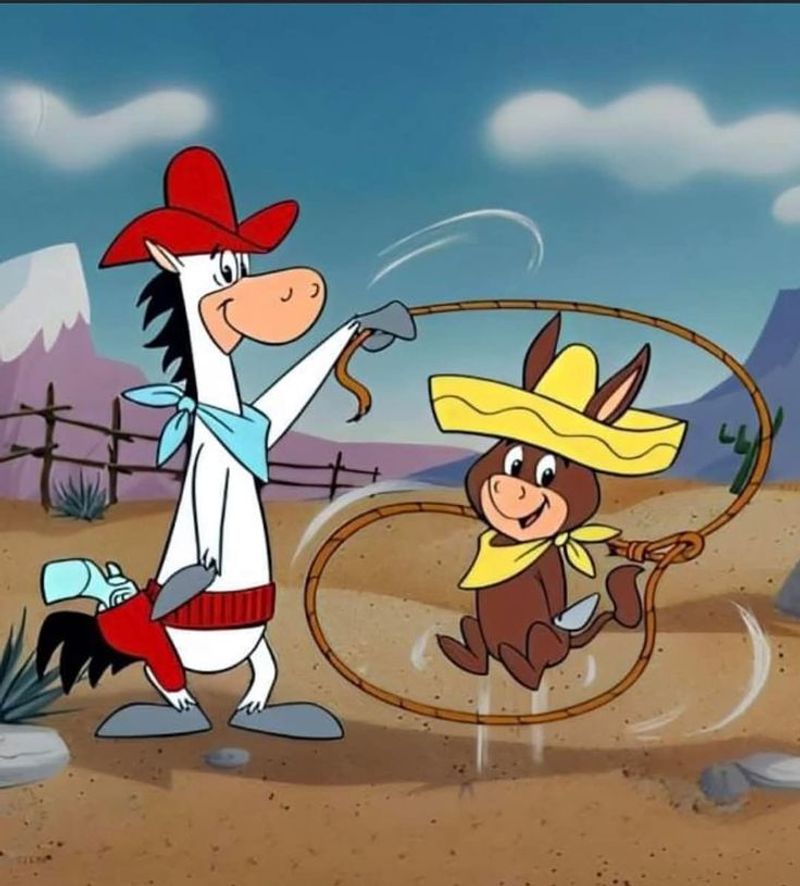
The humor in 1960s cartoons often reflected the era’s social norms, with jokes and accents that might be considered inappropriate today. Characters like Quick Draw McGraw parodied cultural stereotypes, creating humor that resonated with audiences at the time.
Boomers recall these cartoons with fondness, recognizing them as products of their time. The humor, though dated, was a reflection of cultural attitudes and provided a window into the past.
While some content may seem insensitive now, it remains a part of animation history, highlighting the evolution of humor and storytelling over the decades. These cartoons serve as a reminder of where we’ve been and how much we’ve grown.
12. Cartoon Crossovers Were a Big Deal
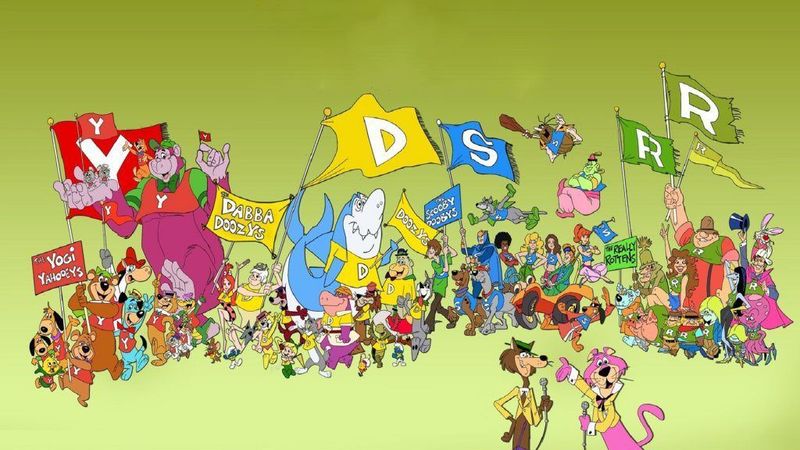
Before the multiverse was a thing, cartoon crossovers were the ultimate treat for fans. When Scooby-Doo met Batman and Robin, it felt like worlds colliding in the most exciting way possible. These special episodes were eagerly anticipated, bringing together beloved characters for unforgettable adventures.
For boomers, these crossovers were a dream come true, combining favorite shows into a single, action-packed episode. It was a celebration of creativity and collaboration, showcasing the limitless possibilities of animation.
These crossover events remain cherished memories, capturing the imagination and excitement of a generation. They set the stage for the interconnected storytelling that has become so popular today, proving that great things happen when worlds unite.
13. “Presented in Color!” Announcements
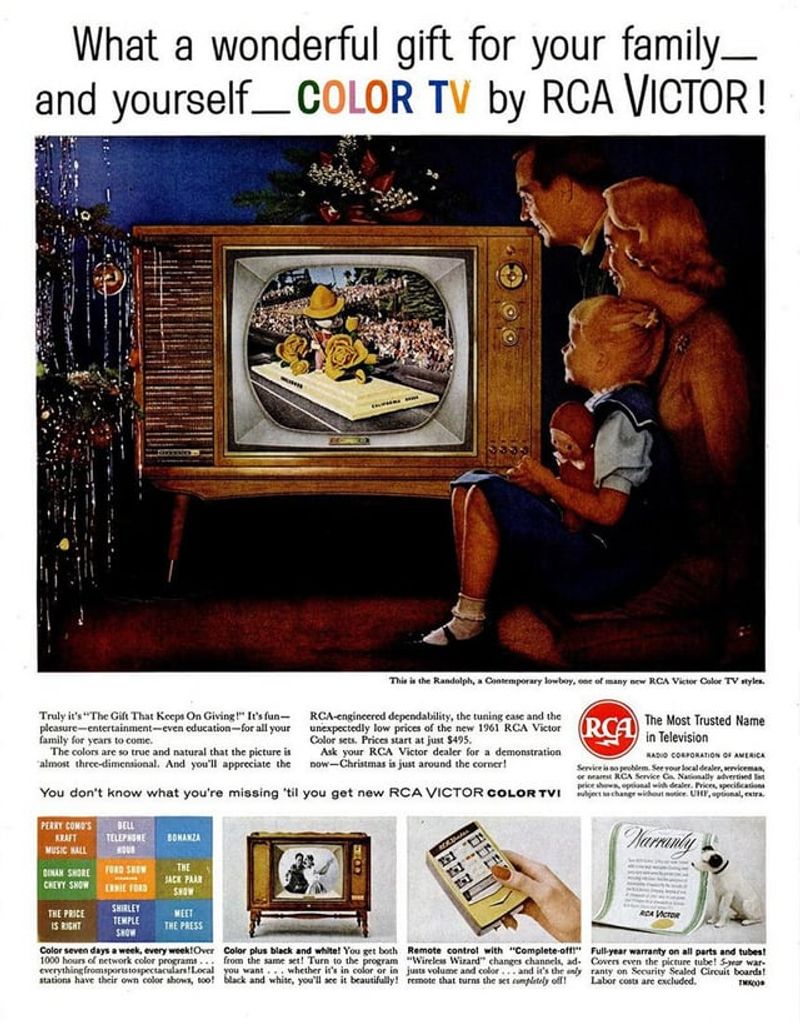
Color television was a luxury in the 1960s, and networks capitalized on this by announcing “Presented in Color!” before shows. This bold declaration was a source of excitement and pride, marking a new era in broadcasting.
Boomers recall gathering around the TV, thrilled to see their favorite cartoons come to life in vivid hues. It was a transformative experience, enhancing the enjoyment and engagement with the shows.
These announcements were more than just marketing; they symbolized a technological leap that defined the decade. They remain a nostalgic reminder of a time when color TV was a novelty, and every broadcast was an event to be celebrated.
14. Commercials Aimed Directly at Kids
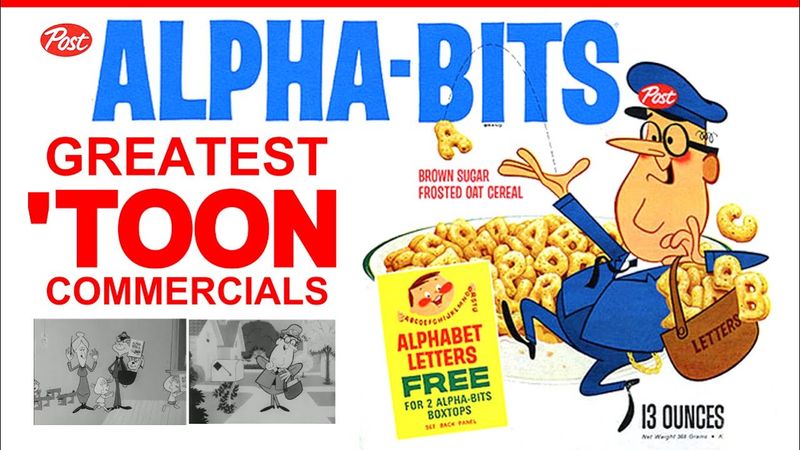
Saturday morning cartoons were interspersed with commercials targeting young viewers. From cereal mascots like Sugar Bear to toy ads for Rock ‘Em Sock ‘Em Robots, these spots were cleverly designed to capture children’s attention.
Boomers remember these commercials as part of the cartoon experience, eagerly anticipating the next ad as much as the show itself. They were colorful, catchy, and perfectly in tune with the youthful spirit of the audience.
These ads played a significant role in shaping consumer culture, creating nostalgia for a time when marketing was more straightforward and direct. They highlight an era when Saturday mornings were a blend of entertainment and commercial appeal.
15. Anthropomorphic Animal Duos

Every cartoon seemed to feature an anthropomorphic animal duo, like Yogi Bear and Boo-Boo or Quick Draw McGraw and Baba Looey. These pairs were characterized by their contrasting personalities and humorous interactions.
For boomers, these duos were endearing icons of friendship and comedy. They provided endless laughter with their antics, forming a core part of the cartoon lineup.
These animal partnerships showcased the era’s creativity in character design, blending human traits with animal charm. They remain beloved figures, encapsulating the whimsical spirit of 1960s animations and the timeless appeal of dynamic duos.
16. Cartoons Ending with a Freeze-Frame Laugh
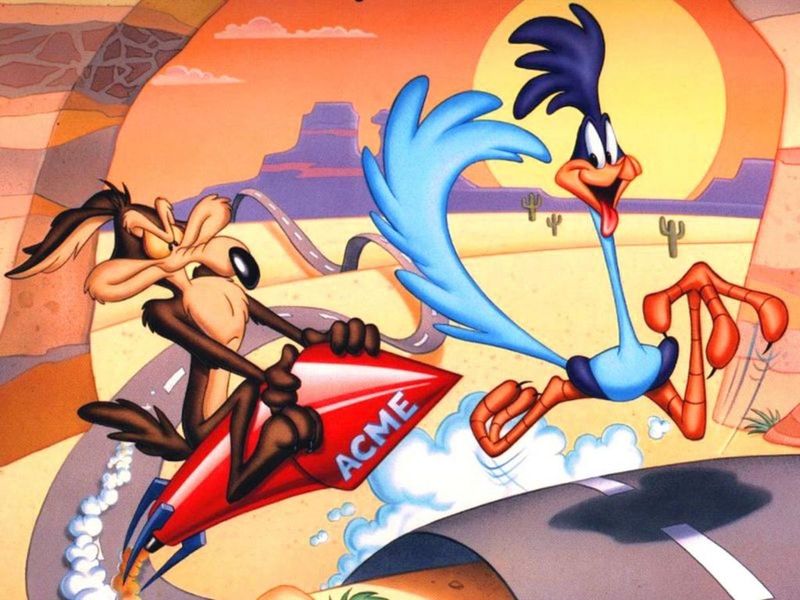
Ending with a freeze-frame laugh was a signature trope of 1960s cartoons. The credits would roll over characters caught mid-laugh, encapsulating the joy and humor of the episode in a single moment.
This technique created a lasting impression, leaving viewers with a smile as they anticipated the next week’s adventures. It was a simple yet effective way to wrap up the energetic narratives.
These freeze-frame endings became synonymous with the era, adding to the nostalgic charm of Saturday morning cartoons. They represent a storytelling style that prioritized happiness and laughter, creating cherished memories for those who grew up watching them.
17. Trippy Psychedelic Animations
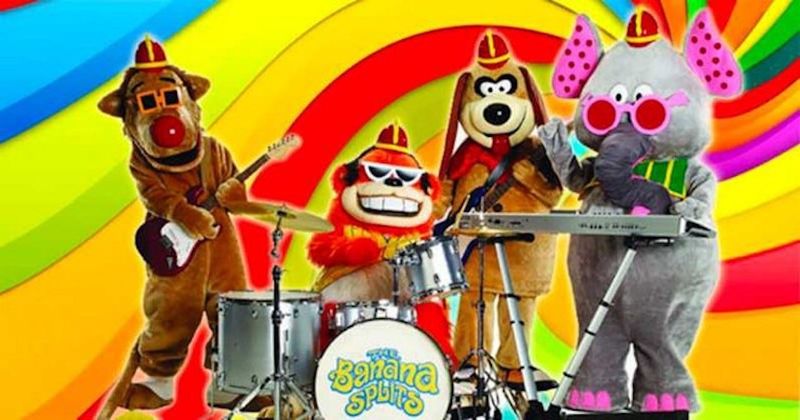
Some cartoons of the 1960s embraced psychedelic animations, featuring swirling patterns and vibrant colors that seemed straight out of an art project. Shows like The Beatles and H.R. Pufnstuf captured this trippy vibe, reflecting the counterculture of the era.
Boomers remember these animations as visually stunning and mind-bending, pushing the boundaries of creativity. They were a feast for the eyes, offering an escapist journey into a world where imagination reigned supreme.
These artistic choices highlighted the experimental spirit of the decade, making the cartoons a unique expression of the times. They continue to be admired for their boldness and innovation, leaving a lasting impact on the art of animation.
18. The Simplicity—and Comfort—of Good vs. Evil

In 1960s cartoons, the lines between good and evil were clearly drawn. Heroes were heroic, villains were wacky, and justice always prevailed by the 30-minute mark. This simplicity provided a comforting structure that resonated with boomers.
Viewers could always count on a satisfying resolution, where the good guys emerged victorious and the bad guys faced humorous defeat. It was a formula that provided reassurance and joy, reflecting the optimistic values of the time.
These narratives continue to be cherished for their straightforward approach and feel-good endings. They remind us of a time when storytelling was uncomplicated, and every adventure concluded with a triumphant sense of justice.

Comments
Loading…